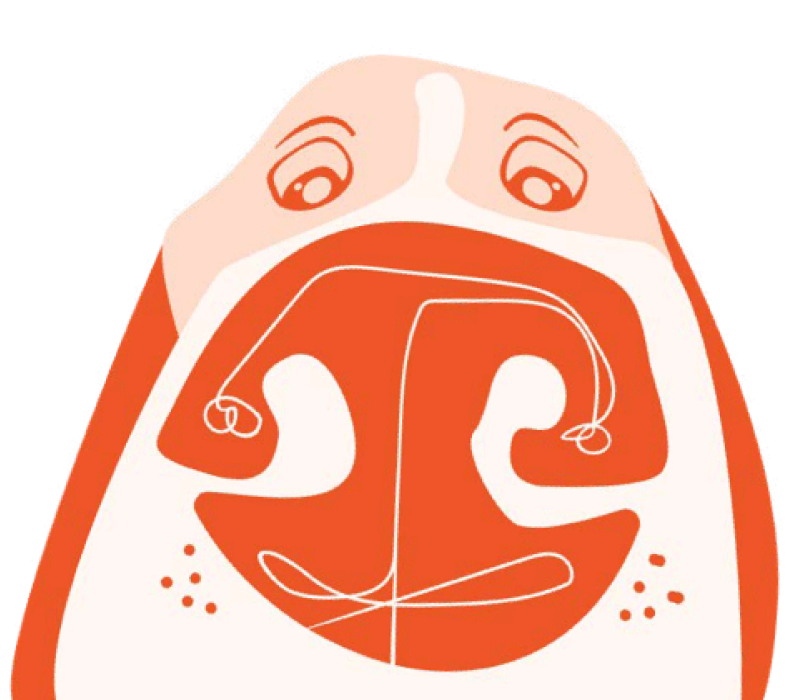Your cart is empty. Let's fix that!


|
Now that that’s out of the way... Even though they can’t do it all, playtime and toys still play an almost magical part in taming your beastie. With the right toys at the right time, you can reinforce lessons, support behavioral corrections, and get your dog into a more receptive headspace—without being the fun police. After all, don’t you learn faster when it’s fun? Same goes for doggos. So let’s learn! Here are Dog Behaviorist Rita Viel’s best hacks: |

Reward good behavior with playtime.When your dog pulls off a hard trick or finishes up a solid training session, call play time! Your canine companion learns that real effort reaps rewards when you always celebrate wins(or at least attempts).
Build self-control.Restraint develops slowly, but it gets easier when it’s not all work and no play. Intersperse moments of training into playtime by making dogs wait. Pause playtime to command your dog to sit or go down—and once your floof obliges, go right back into playtime. This way, your dog learns that commands don’t signal the fun ending. Instead, they learn that obeying makes the party rage on.
Ease doggy stress.For serious stress, always consult a dog behaviorist. For mild stress, a toy can smooth over the situation. Distance your dog as much as possible from the stressor first, then present a treat toy, a chew toy (a great stress reliever), or a game of tug to get their blood pressure lowering. Don’t force it if your buddy balks. Ideally, your dog will start to look forward to things that used to vex them.
Train up to tough situations.Thunder and fireworks can be stress-city—but with some prep, they don’t have to be. Use playtime to build your pooch’s tolerance for these scenarios BEFORE the next storm or national holiday. Run a recording of thunder or fireworks noises at a low level your dog tolerates, then start a tug-o-war or offer a treat toy. Once your bud is relaxed and handling the stressor well, turn up the volume a tiny bit. (Incremental is key.) It might take months, but by pairing the tiniest increases of scary noises with playtime, you could wind up with a dog that only associates thunder with good things.
Follow their nose.For dogs, the world is aromatherapy. Sniffing, no matter what it is, relieves stress. When your dog is a ball of anxiety, bust out the most soothing downtime of all—an all-sniff walk where they set the pace. Don’t worry about how much you walk, just how much your dog gets to smell.
Consider play coordination training.Young dogs are still learning how to move gracefully and intentionally. Old dogs are starting to lose that a bit. Playtime helps dogs reinforce muscle memory and exercise, keeping them coordinated and less accident-prone.
Next up in our series:We round it all up into one short recap of EVERYTHING we’ve learned about how play benefits dogs. (So much!)
|